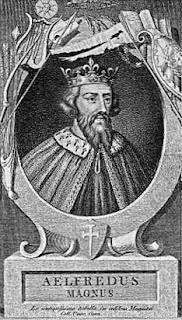- What do you call a short vampire? A pain in the knee.
- Because telescopes work using mirrors, we'll never know if there are space vampires.
- Mother vampire to son: “Hurry up and eat your breakfast before it clots.”
- I called in to our local video shop to see if they had Dracula in stock. “Have we got Dracula?” the girl behind the counter asked her companion. “Yes, in a box in the back,” came the quite innocent reply.
- How do vampires get around on Halloween? In blood vessels.
- What do you get if you cross a vampire with a snowman? Frostbite
- What is a vampire's least favourite food? Steak
- What's a vampire's favourite fruit? A necktarine
- How does a vampire get into his house? Through the bat flap
- Where do vampires keep their money? In a blood bank
More details about my books. Follow this link if you like Superheroes, Psychics and/or quirky short stories.
I've listed the themes each novel touches on here for easy reference.
Like my author page on Facebook for news on new books and blog posts.












